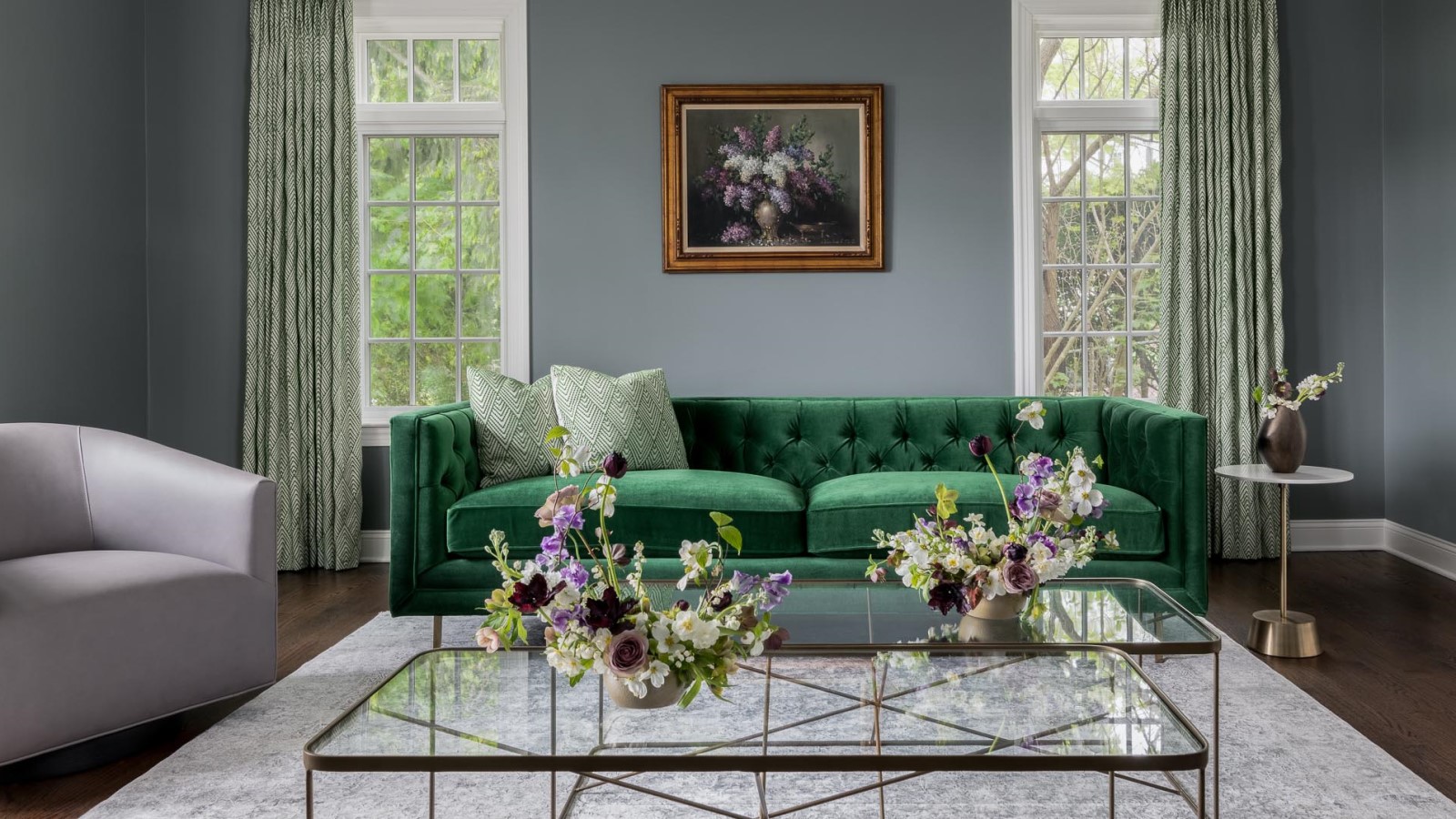
Have you ever entered a home that was tastefully furnished yet felt cold and inviting? We’ve all had that feeling. At first, it can be hard to put a finger on what is making the space feel chilly and sterile.
Spend a little more time in the house, though, and you will start noticing that it’s the owner’s design decisions that are preventing the house from feeling truly like a warm, lived-in home.
If you’re worried that your own home doesn’t quite have that cozy, warm factor you’d like it to, follow this guide to common interior design mistakes that make your home feel colder. Plus, our experts offer alternative solutions for homes big and small that will add that desirable look and feel of warmth.
Design mistakes that make your home feel colder
When we talk about a home feeling 'cold', we typically mean the perception of the home rather than the physical temperature inside the house. Having said that, if your house feels physically cold, you should address that before anything else, as it’s hard to relax in a place that’s freezing.
Below we share some common mistakes in both departments, and our experts offer their tried-and-tested solutions to make your home feel warm and cozy.
1. Stop using everything white
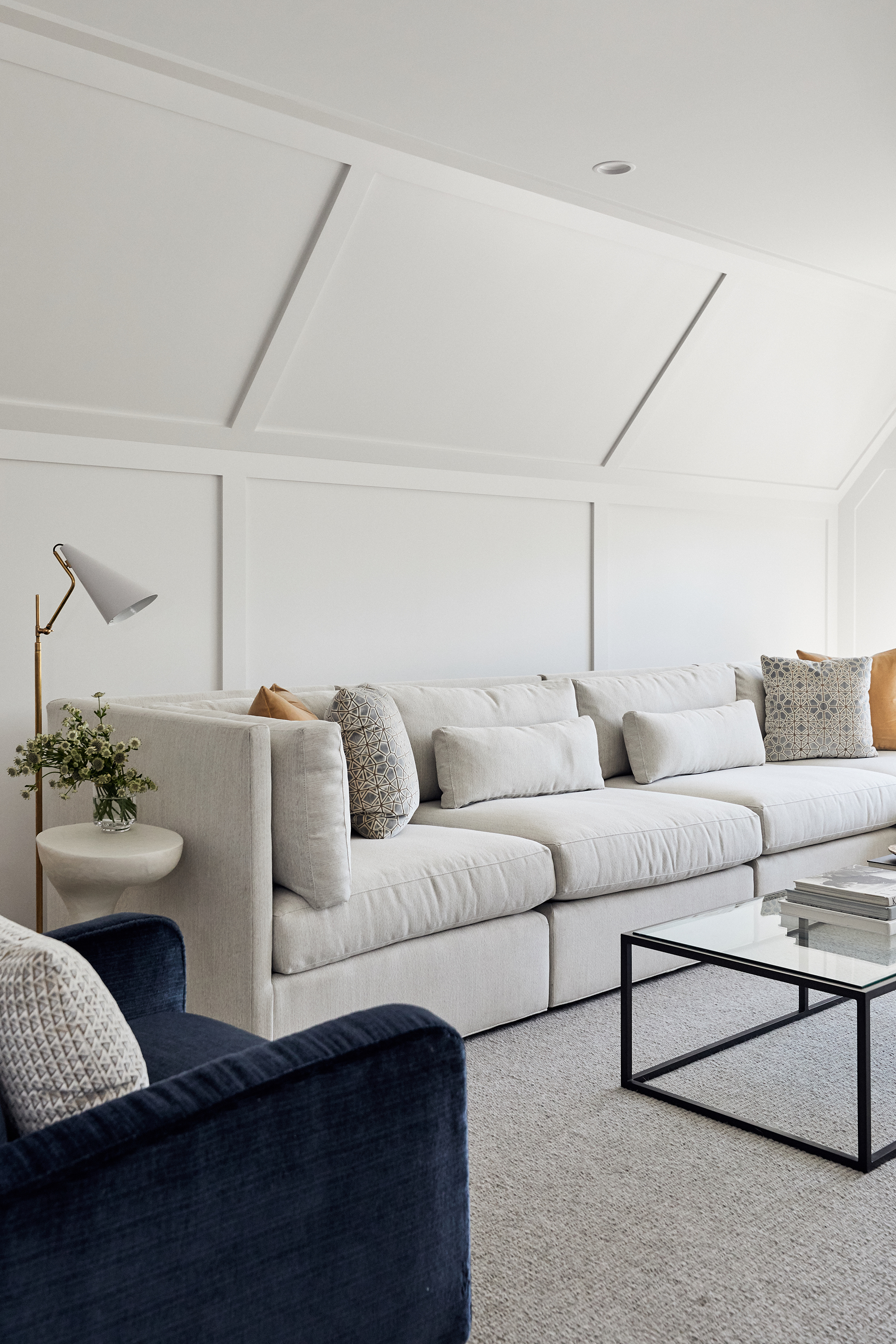
Most of us, at one point or another, have lived in a rented apartment that was painted all white. White walls, white ceilings, and a white bathroom. Do you remember how that felt? It was probably a bit cold, and it felt like the place wasn’t truly your home, right? You probably disguised the whiteness with prints, paintings, and plants...
The problem with too much white is that it’s an inherently cold color to work with. The more of it in your home, the colder it will feel - especially if you have North-facing rooms.
How to warm up white walls and living spaces:
Using color instead of white is the obvious solution for warming up a white living room. However, you don’t have to give up on the use of neutrals if you prefer them. There are plenty of ways to use a neutral color scheme that will make your home feel warm and cozy.
Choose warm white paints, light browns, and soft cream or beige tones to warm up your decorating scheme. If using wood furniture, opt for warm, rich browns. Vivianne Chow, interior decorator and founder of Viv and Tim Home, also recommends incorporating leather furniture into a neutral decor to warm it up: ‘‘Incorporating leather into your space is an easy way to bring warmth through its rich brown color and timeless feel.’’
'Decorating with plants is another great way to make a space more inviting.' suggests Gabriella Dyson, Solved Section Editor at Homes & Gardens. 'Try your hand at building a DIY living wall to introduce some lush greenery into an otherwise sterile or sparse white space.'
2. Using harsh overhead lighting

Another common mistake that will make almost any home feel sterile and cold, even if the decor is colorful, is harsh overhead lighting. If all of the lighting in your home consists of ceiling spotlights and they are all super-bright and cool-toned, your interior space will feel more like an office than a home.
What to do instead:
Of course, overhead lighting is appropriate in some rooms - for bathroom lighting or in the dining room, for instance. But in rooms where you want a more cozy feel, you should opt for plenty of side lighting instead of the bright overhead lights.
Artem Kropovinsky, interior designer and founder of New York-based studio Arsight, recommends layered lighting to warm up your home: 'Combine general, task and accent lights. Old lamps also produce a warm and inviting atmosphere.’
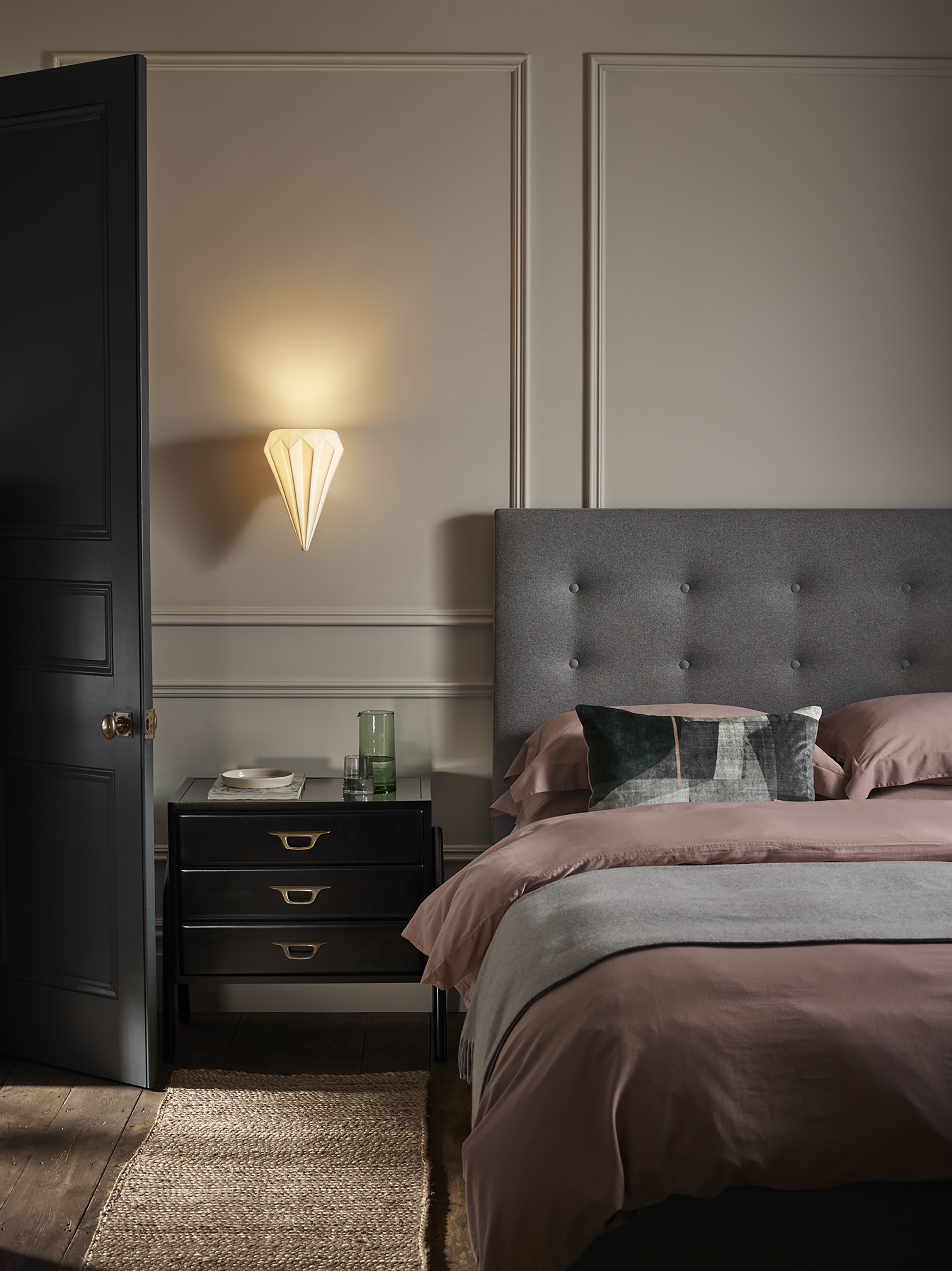
Pay attention to the lightbulbs you use, too. Anything with a brightness of over 1,000 lumens will be very bright and is typically too much for home decor. Ideally, choose warm white bulbs with no more than 1,000-lumen brightness for an average-sized room. In a small room, you may want no more than 700 lumens; a very large room may need 2,000 lumens. That’s the brightness, measured in lumens.
Next, pay attention to the color temperature of your bulb, measured in Kelvin. As a rule of thumb, ‘warm white’ (2,700k-2,900k) is what you want for your living spaces; try to avoid bulbs that are labeled ‘‘cool white’’ or ‘‘daylights’’, unless you need them for a very specific purpose.
3. Going too minimalist with layout and furniture placement
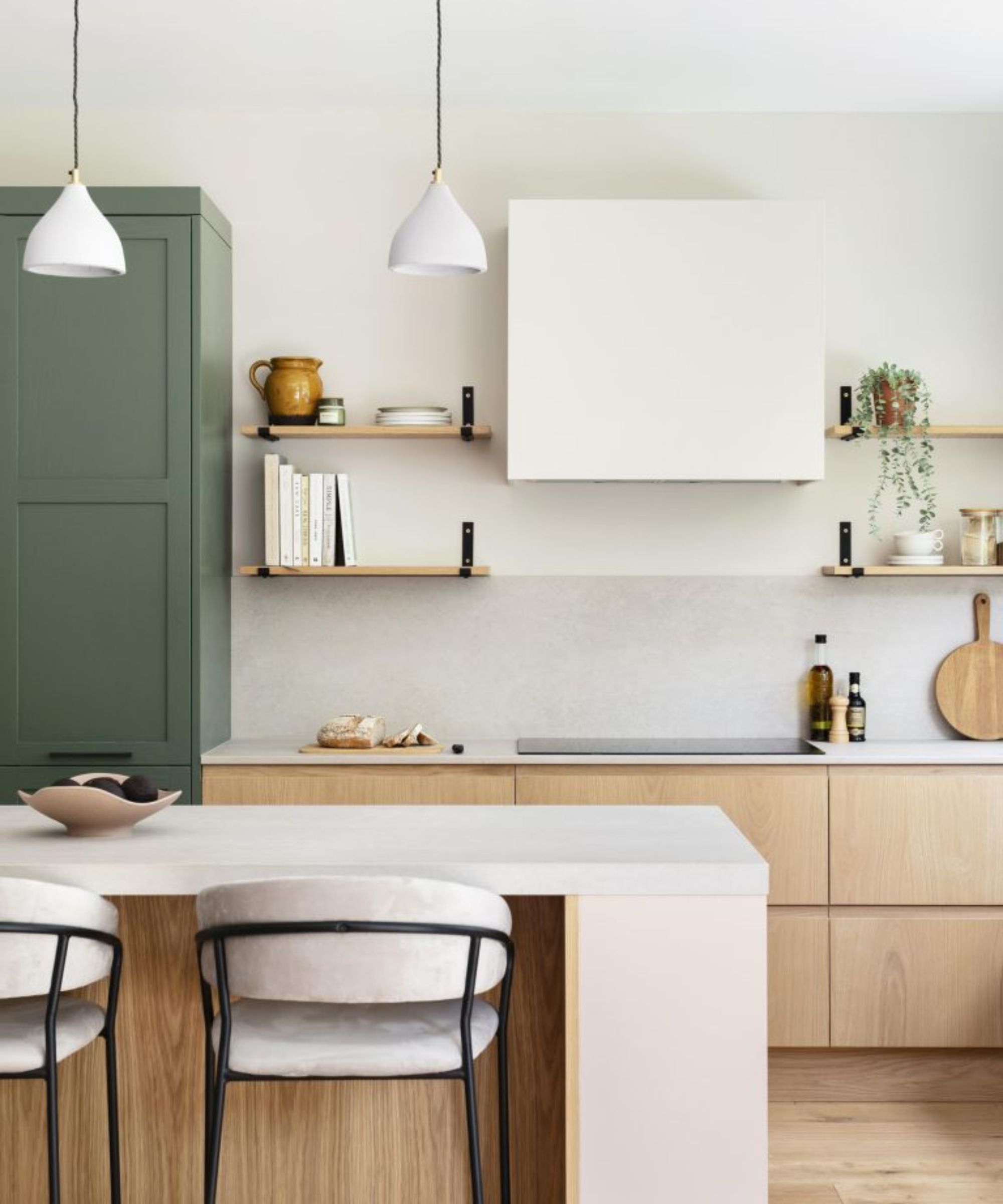
There are two ways to go too minimalist with your home decor. One is by using too little furniture; the other is by only using furniture that is too ‘lean,’ as interior designer Artem Kropovinsky puts it. If you are a lover of Scandinavian decor, you’ll know exactly what we’re talking about: furniture that has slender frames and little or no padding, often finished in blond wood.
Of course, there is nothing wrong with having a preference for Scandinavian design, and it isn’t inherently ‘‘cold.’’ However, if all of your furniture is in this style, you may end up feeling that your home feels more like an elegant showroom than a cozy home.
What to do about furniture placement:
To prevent this from happening, Artem recommends mixing up your furnishing styles a little. ‘The goal is not simply to increase the footprint of things inside your home, but selecting warm items such as comfy throw pillows, soft rugs or comfortable and inviting seating areas.’
Soft furnishings and textiles also introduce warmth and softness underfoot and help to physically warm up your living spaces.
Even a single comfortable couch can go a long way to softening up an otherwise ‘lean’ decorating scheme. In fact, a single soft, 'warming' piece may work better than many. Megan Pisano, Principal Designer at Megan Pisano Design, recommends focusing on 'one big comfy sectional and an armchair to make a room feel cozier and more inviting.'
4. Using too many hard, reflective materials
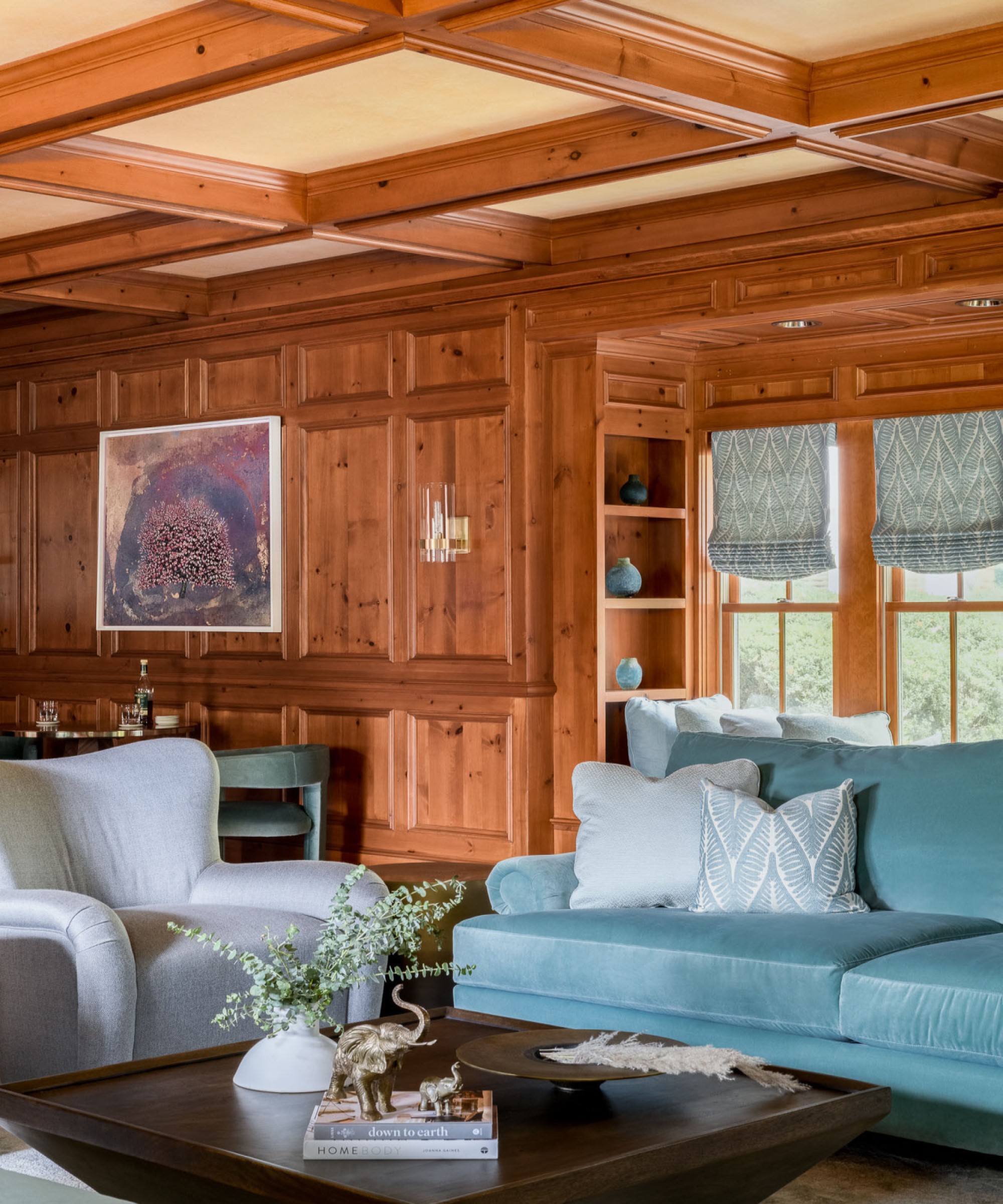
This next mistake is particularly important for smaller rooms. It can be tempting to use slimline furniture made from hard materials such as metal and glass or use mirrors to make a room look bigger. The result, though, most likely will be a room that feels smaller and colder than before.
What materials to use instead:
You should embrace softness and comfort regardless of the size of the room. Artem Kropovinsky recommends using natural materials, such as wood, woven fabrics, or matte-finished items, in order to add warmth to a room. Similarly, consider introducing materials that are natural insulators, such as hemp, cotton, and wool.
5. Leaving all the walls empty
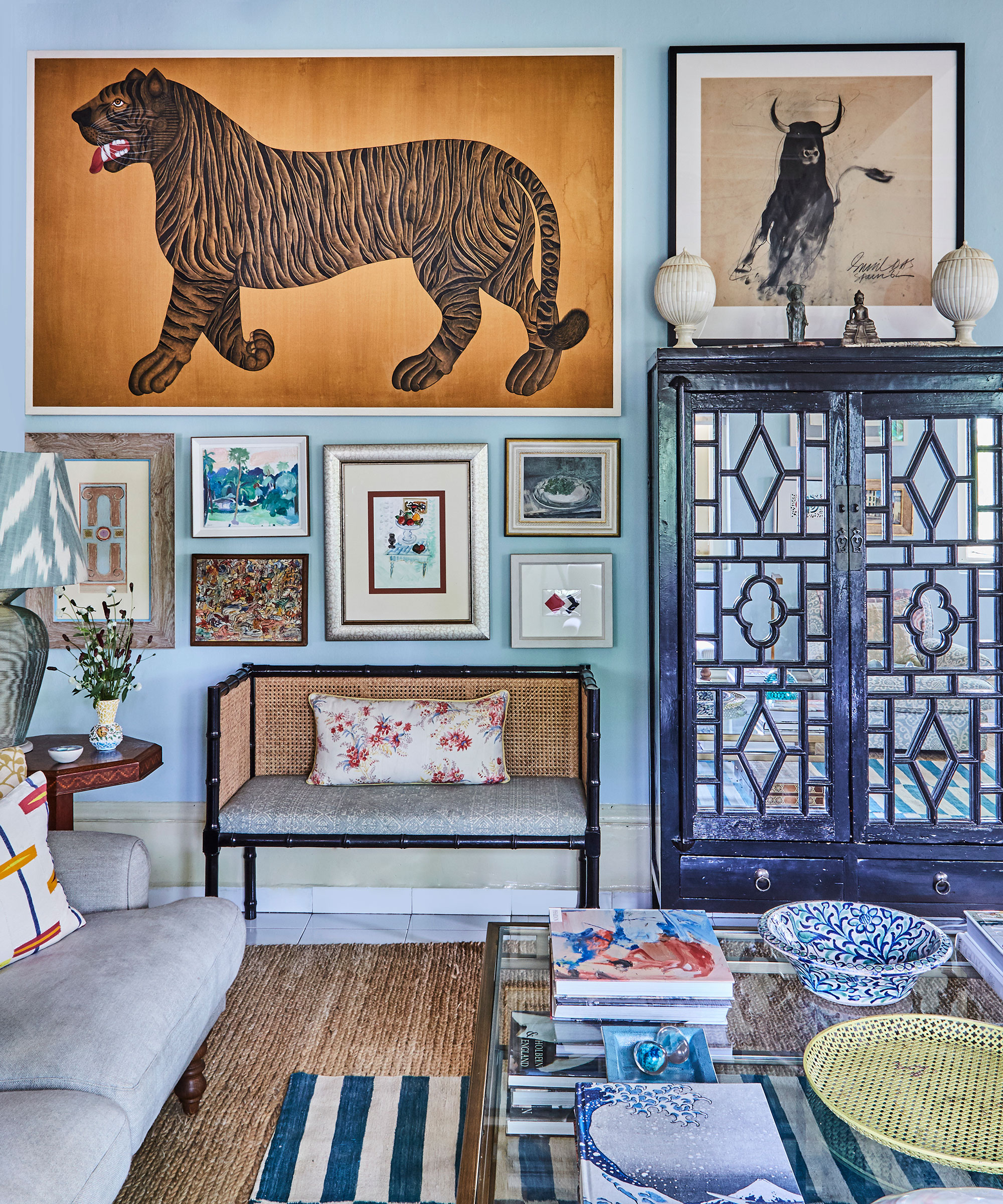
The walls in your home are your canvas for creating a warm atmosphere. Leaving all of them blank can make a home feel cold and sterile. This is especially true if your walls are all the same neutral color.
What to do instead:
You don't have to have a gallery wall if you don’t want one (or don’t have enough prints and paintings for one); even a single print or even a photograph or wall hanging can make a big difference to a blank space.
However, If you really don’t like hanging things on walls, you can warm up the interior by using wallpaper instead of paint or learning how to texture a wall.
FAQs
What’s the quickest way to warm up a room decor?
Adding a colorful, textured rug is easily the quickest and easiest way to add a bit of warmth to a room - both physically and psychologically. While hard flooring in and of itself doesn’t make a room feel cold, choosing a rug can rebalance the look and feel of a room overall.
How do I know if a color is warm or cool-toned?
It can be confusing to know which colors are warm-toned and which are cool-toned. Using a color wheel will help you: the colors that have more yellow, red, or orange in them are generally considered warm, while those that have more blue or green are considered cool. Note that both blue and green can themselves be warm if they’ve had yellow added to them.
When decorating your home, don’t worry too much about cool vs. warm colors, as it’s not the decisive factor in making a decor feel warm. Rather, focus on uniting all the different elements - materials, style, color, lighting, and layout - in order to achieve a warm and cozy look and feel.







